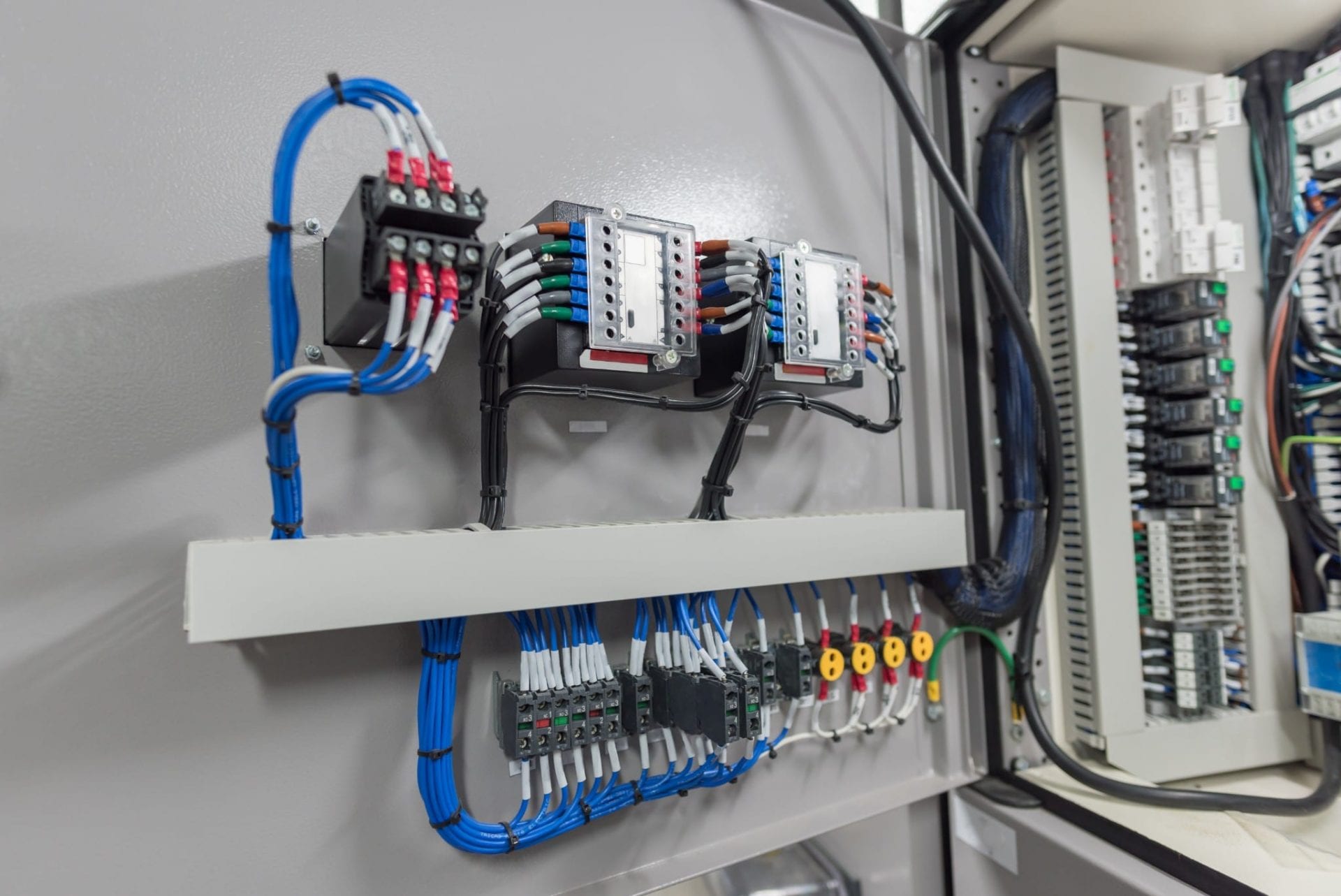How to Get Started with Electrical Wiring: An Amateur's Guide

Electrical wiring is a crucial element of every home, and understanding it is essential for every homeowner. It is not just important to ensure the efficient functioning of your home, but it is also critical to ensure your safety. In this post, we’ll discuss the basics of electrical wiring, the importance of safety, and the benefits of employing an accredited residential electrician for all your electrical wiring requirements.
Understanding the fundamentals of electrical wiring
Wiring for electrical purposes is the system of electrical conductors that runs through your house, delivering electrical power to your appliances or devices as well as lighting fixtures. It is formed by electrical circuits that connect the sources of power to your devices. Electrical circuits are made up of wires, switches, and other electrical components that function to create a safe and reliable electrical system. There are various kinds of electrical wiring, such as aluminum, copper, and different types of wire insulation, like PVC, rubber, or paper.
Preparation and planning for electrical Wiring
Before you install an electrical wire, you must consider a variety of things to think about, including the kind of wiring you need, the capacity for your current electrical systems and the power requirements you require. In addition, it is essential to be aware of the electrical wire regulations as well as permits needed in your locality. In order to prepare the electrical wires, design an electrical plan and assess your electrical requirements. This will make sure that the electrical wiring is safe efficient, reliable, and meets your power needs.
Materials and tools required for electrical wiring
When installing new electrical wiring it is essential to have the proper tools and materials available. Essential tools include strippers, wire cutters pliers, and a voltage tester. Other components required to conduct electrical wiring include wire nuts, electrical tape conduit, along with electrical boxes. It’s also beneficial to have a wiring diagram to help you with the installation process.
Step-by-Step Instructions for Electrical Wiring Installation
Installation of electrical wiring can be an intimidating process however, with the right tools and knowledge it can be accomplished safely and efficiently. Here is a step-by-step guide for installing new electrical wiring inside your home:
Switch off the power in the area in which you’ll be working.
Plan the wiring layout and mark the location where the wiring will be installed.
Install electrical conduits and electrical boxes where necessary.
Cut and strip the wires to the appropriate length.
Wires should be connected to devices or fixtures you are wiring.
Make sure the wires are secured by using wire nuts, electrical tape or conduit straps.
Test the wiring to ensure that it’s working properly.
In the process of installing it is essential to adhere to wiring installation best techniques and guidelines. Be conscious of common mistakes you need in the installation of electrical wire, like wiring circuits that are too large, using damaged wires or using the wrong type of wire to accomplish the task.
Troubleshooting Electrical Wiring Issues
Even with careful design as well as installation problems may occur. The most frequent issues are wiring damages, circuit overloads as well as electrical shorts. To solve these issues it is essential to be aware of the most common electrical wiring issues and be aware of how to safely and effectively solve them. It is also essential to follow electrical safety procedures when attempting to solve electrical wiring problems like shutting off the power and wearing protective gear.
Conclusion
In the end, knowing about the electrical wiring inside your home is essential for your safety and the efficient operation that your electric system provides. It is important to hire a licensed electrician to ensure that your wiring is maintained and installed correctly. In Local Electrician Inner West, we provide various electrical services, which include electrical wiring repair and installation. Contact Local Electrician Inner West at 1300 941 876 to discuss all your electrical wiring needs.
Electrical Wiring FAQ
Here are some frequently asked questions related to electrical wiring. They also include other safety guidelines and the best techniques for electrical wiring installation and repair:
What type of wire do I need to use to wire my electrical circuit?
The type of wire you should use for electrical wiring is contingent on the specific requirements of your home and local building codes. It is important to use the appropriate gauge of wire, insulation type, and wire materials to ensure the security and effectiveness that your electric system is running at its best.
Can I install my own electrical wiring?
While it is possible to build an electrical wire yourself it’s crucial to have the expertise and experience to install it effectively and safely. In the majority of cases, it is recommended to employ an experienced electrician to ensure your wiring is set up and maintained in a safe and secure manner.
How often do I need to be having my electrical wiring checked?
It is recommended that you inspect your electrical wiring every 10 years or whenever you observe symptoms of electrical malfunctions, such as frequent circuit breaker trips or electrical shocks.
What should I do if I find electrical wiring issues within my home?
If you observe any electrical wiring issues within your home, such as flickering lights or outlets that won’t work, it is important to fix them right away. Shut off power to the affected area and contact an authorized electrician to assess and repair the problem.
By following these suggestions and the best methods, you can be sure the electrical wires are secure and operating properly. Remember to prioritize safety and consult with a licensed electrician in the event of a need. Contact Local Electrician Inner West at 1300 941 876 for all your electrical wiring requirements.
